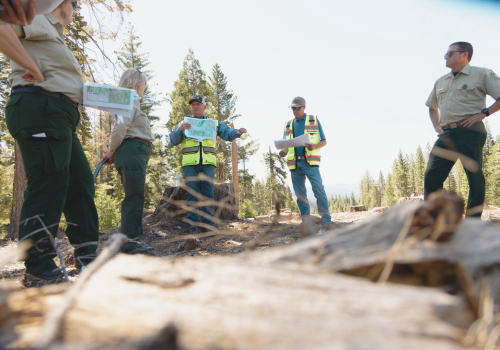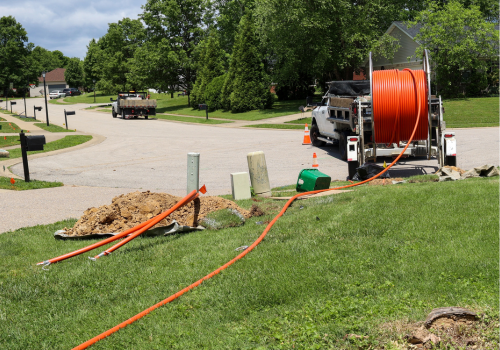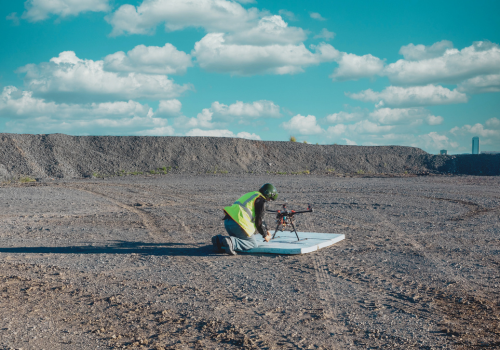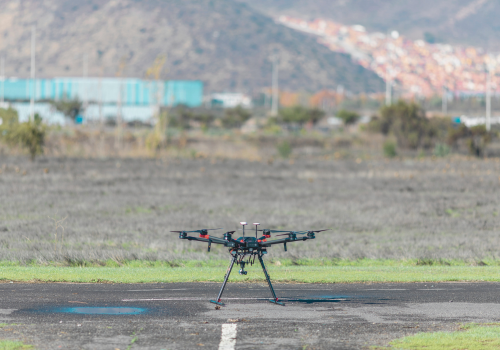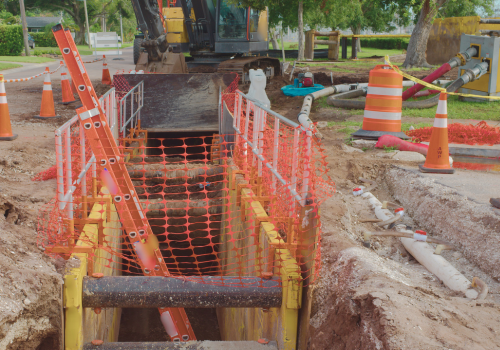Electric utilities face increasing threats from extreme weather, and vegetation management remains one of the best defenses—whether to prevent trees from falling into rights-of-way or to reduce the risk of dead vegetation fueling wildfires. Once largely confined to California, wildfires now pose serious threats across the Pacific Northwest, Colorado, New Jersey, the Carolinas, and multiple Canadian provinces. All utilities need to take notice—if they haven’t already.
We recently connected with vegetation managers from two utilities who earned the prestigious designation of Right of Way Stewards—an honor held by only nine utilities nationwide. Here, they share best practices and tips to elevate your vegetation management program.
1. Get a Road Map
For Eric Brown, vegetation manager for Sacramento Municipal Utility District (SMUD) and Utility Arborist of the Year (2024), it all begins by quantifying current conditions with data and working with senior leaders to develop a road map. Based in Sacramento, CA, SMUD is the nation’s sixth-largest, community-owned, not-for-profit electric service.
“Document how many trees per mile as well as vegetation conditions around transmission assets, power generation, solar, and wind farms,” says Brown. “You build trust over time with good data and analytics.”
Pro Tip: Focus on the long term. Success in promoting “the right tree in the right place” will pay dividends over time.
2. Keep Up with New Technology
SMUD is a leader in adopting remote sensing technologies like LiDAR, which measures the distance of trees from power lines and buildings, and ortho imagery to assess tree health. “By supplementing human inspections with remote sensing technologies, you can better identify areas where you should be working,” Brown says.
The Empire District Electric Company, which is part of the Liberty Utilities Central Region, provides electric service to approximately 185,000 customers across four states and is among the first utilities to use satellite imagery to monitor changes in tree health. According to Jason Grossman, manager of vegetation management for Liberty’s Central Region (headquartered in Joplin, MO), satellite data is enabling earlier detection. “It’s allowing us to see things in the trees that the naked eye couldn’t necessarily detect,” he says. Ground crews then verify findings using GPS coordinates, enabling a more proactive maintenance strategy.
Pro Tip: When using satellite imagery, always use region-specific data and ground-truth findings to ensure accuracy.
3. Collaborate with Partners to Improve Forest Health
Over the past three+ years, SMUD has partnered with federal land managers to align vegetation management with broader forest health goals. These efforts include reducing noxious weeds, decreasing tree stocking rates, and using brush mastication—all of which support wildfire mitigation and healthier ecosystems.
4. Educate Property Owners
Brown notes that SMUD is “laser-focused” on engaging with property owners. “We have a strategic directive aligned with customer service and satisfaction,” he says. Their multifaceted outreach includes customer notifications, surveys, and customer service training for both employees and contractors—all contributing to a 95%+ customer satisfaction score.
At Empire, the utility collaborated with local partners to build arboretums in Ozark and Joplin, MO. These living exhibits help residents understand proper tree selection and planting near power lines, serving as excellent examples for customers to follow. By looking to these arboretums for guidance, customers can avoid unnecessary maintenance and ensure their trees are planted in the right locations.
In addition, Empire has a robust notification program to inform and educate customers on necessary vegetation management activities that will take place on their property. Having these conversations before the crews arrive to do the work streamlines productivity and ensures expectations are met.
5. Inspect and Verify
SMUD employs 21 in-house experienced tree experts/arborists who inspect vegetation and engage with the community, while actual tree work is done by contractors. However, SMUD inspects 100% of completed work on transmission lines—not just a random sample. Contractors undergo safety training, participate in collaborative safety days with SMUD staff, and receive customer service training.
 6. Consider an Integrated Vegetation Management (IVM) Approach
6. Consider an Integrated Vegetation Management (IVM) Approach
The Right of Way Stewardship Council defines IVM as a method for promoting stable, low-growing plant communities that resist invasion by taller species. It includes chemical, biological, cultural, mechanical, and manual treatments. To be an accredited Right of Way Steward requires a third-party audit to ensure utilities are compliant with the standards.
Grossman explains the core philosophy is to “tip the scales in nature’s favor,” allowing ecological processes to maintain the right-of-way with minimal human intervention.
7. Support Environmental Health 
Rather than mowing near substations and under power lines, Empire has converted many of these areas into pollinator habitats. Through the Wires Over Wildlife program and Power to the Pollinators, the utility reallocates maintenance funds to landowners—provided the work supports conservation goals. This strategy lowers maintenance costs, supports declining insect populations, and repurposes underused spaces into thriving ecosystems.
8. Use a Centralized System of Record to Ensure Compliance
Both SMUD and Empire use centralized systems to streamline compliance and tracking. “Documenting our work is almost as important as doing the work,” says Grossman.
Empire’s system includes a tablet-based software with GIS layers, GPS locations, and work records that are time stamped. The general rule in Missouri for utilities such as Empire mandates a 7-to 90-day notification window for vegetation work to begin. Once the window opens, crews execute the work. Completed tasks are audited by the planning team and their status is set to audited or sent back for rework.
SMUD, meanwhile, uses a mobile vegetation management platform that integrates with enterprise systems, includes time stamps, and provides geospatial views of vegetation and power lines. The utility also plans to roll out a contractor-facing platform for work documentation and invoicing.
9. Focus on Continuous Improvement
Having earned Right of Way Stewardship accreditation, Empire is now focused on smaller improvements. “With the data we’ve been collecting—from our workflow software, satellite imagery, and outage data—we can analyze our program at a very detailed level and find incremental improvements,” says Grossman.
Brown adds that for SMUD, “continuous improvement is in our DNA.”
Pro Tip: Learn more about becoming a Right of Way Steward.
Conclusion
With threats to electric reliability growing across the U.S., utilities must embrace new tools and best practices to boost the effectiveness of their vegetation management programs.
Look to leaders like Empire and SMUD—recognized nationally for their outstanding stewardship of utility corridors.
Subscribe to The Utility Expo monthly newsletter to receive more industry insights like this.
Read Next
Reducing Wildfire Risk with Utility Vegetation Management Programs
The Future of Drones in Utility Infrastructure Maintenance
10 Best U.S. States and Cities for Powerline Worker Jobs in 2025
The Latest Innovations in Equipment for Vegetation Management

